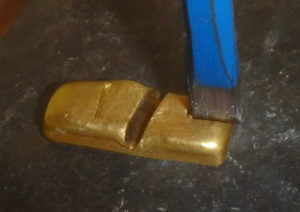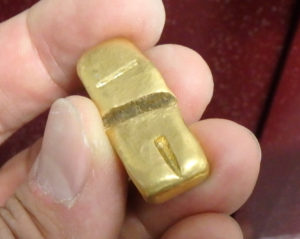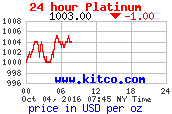How Malleable is Gold
Gold Malleability
Gold is an amazing substance. That is why it is the king of metals. It is a high conductor, easy to refine, does not oxidize, and alloys easily with compatible metals. In addition, gold is highly malleable, ductile, and soft. In this article, I will focus on malleability.
Gold Malleability Article Purpose
I am a gold buyer, not a scientist. In this article, I am going to show you empirically, how malleable gold is.
For the purposes of this article, I will focus on jewelry gold alloys. That is known as “Karat” gold and is typically classified by fineness as 24K, 22K, 18K, 14K, and 10K. Jewelry gold alloys are the easiest ones to achieve. They have been around almost literally forever. Jewelry gold alloys are basically what gold naturally alloys into.
Medical and industrial gold alloys are much different. For example, dental implants are a medical application of gold. Thus, these types of gold alloys meet different demands. Modern dental gold alloys are much harder and much less malleable than jewelry gold alloys. Dental gold alloys are much harder to achieve. Huge engineering efforts were made to develop modern dental gold. In this article, we are not focusing on industrial and or medical gold alloys.
Gold is Highly Malleable & Ductile
One of the important qualities of gold is that it is both very malleable. That makes it ideal for minting and jewelry manufacturing.
Malleability is the ability of a metal to reshape under pressure. Gold can be vastly reshaped by hammering without it splitting or cracking. That is why it is so good for shaping into for example gold coins. Malleability is highly related to ductility, but not the same. Ductility is the ability of a metal de reshape under tension. Gold is highly ductile too. It can be drawn into extremely thin wire. Thus, it is another subject.
Demonstrating Gold Malleability
What matters in a gold malleability experiment is to show how, under pressure, gold will displace and reshape without splitting or cracking. The idea is to show the forces applied to a piece of fine gold bullion to mint into a bar or coin.
Gold bullion minting has two main steps:
- First, a shaped die press cuts into a precise, even thickness, slab of fine gold to create the desired shaped gold bullion blank. This is usually a rectangle or round. Thus, bars and coins. This is very similar to cutting cookies.
- Second, the resulting gold bullion blank is placed in another type of die, and under high pressure, the metal is displaced resulting in the bullion hallmarks that brand it.
Gold Malleability Demonstration Experiment
For the experiment, I decided to demonstrate gold’s malleability by using the most primitive tools. These are the mallet and the chisel. These are the same tools that were available when the first gold coins in the world were ever minted. In fact, the first pieces of gold bullion were replicated chunks of a gold alloy of known weight and fineness cut and marked in recognizable form.
For the sake of an empirical demonstration, I decided to apply the pressure forces of the minting process into a piece of 24K gold in the most visually explicit way. The experiment’s subject was a 2-Ounce-Troy 24K, over 1/4″ thick gold bar. The tools were a 2-pound mallet and a 3/8” chisel.
As you can see in the video and photos, I was able to replicate the processes of creating the gold bullion blank by driving the chisel deep into, and entirely across the gold bar until almost splitting the bar in two. Here I demonstrated how much gold can be displaced without any cracking. The low-depth chisel marks are a replication of the forces applied to a fine gold blank to mint the hallmarks into it.
Gold Malleability Demonstration Conclusion
Gold is highly malleable. That makes it ideal for minting. A chisel and a mallet are enough to mint primitive gold bullion.





![[Most Recent Quotes from www.kitco.com]](http://www.kitconet.com/charts/metals/gold/t24_au_en_usoz_2.gif)
![[Most Recent Quotes from www.kitco.com]](http://www.kitconet.com/charts/metals/silver/t24_ag_en_usoz_2.gif)
![[Most Recent Quotes from www.kitco.com]](http://www.kitconet.com/charts/metals/platinum/t24_pt_en_usoz_2.gif)










